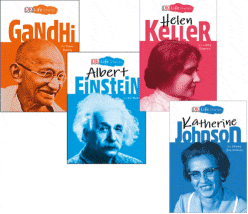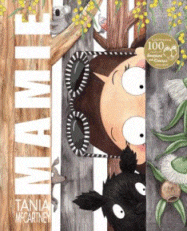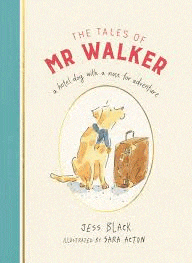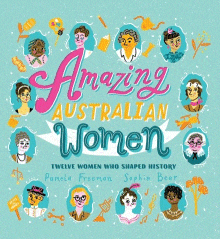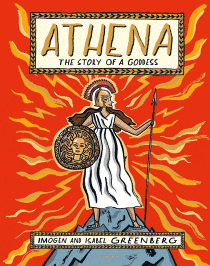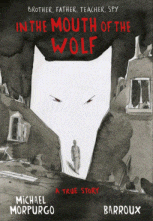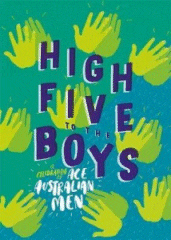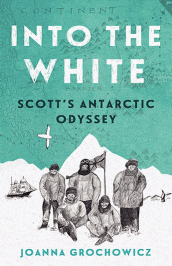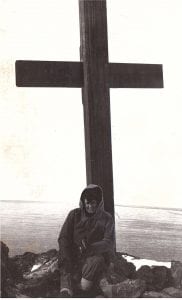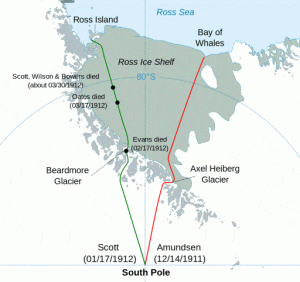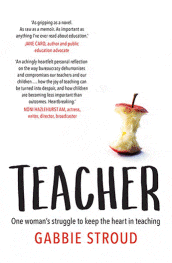
Teacher
Teacher
Gabbie Stroud
Allen & Unwin, 2018
352pp., pbk., RRP $A29.99
9781760295905
Even though I requested this book for review I didn’t know if I could read it let alone review it, because even now, 12 years into “retirement”, I am still heavily invested in the world of education, constantly leaping to the defence of my colleagues whenever I hear disparaging comments or “helpful” suggestions.
Not a week goes by without someone who has never stood in front of a class of 30 expectant children uses their power of position to say that Australian education is failing; that teachers need to be held accountable; that this or that should be in the curriculum (although nothing is ever taken out); that teachers are underworked, overpaid and have too many holidays. They seem to believe that while every child has an innate desire to “reach their potential” that potential or success is defined by academic ability encapsulated in a meaningless score on a one-size-fits-all test administered on a particular day when who knows what else might be going on in the child’s life at the time.
For my own sanity and peace of mind, these days I use the OFF button whenever I hear this sort of stuff so to request a book that has the subtitle “One woman’s struggle to keep the heart in teaching” seemed stupid. Did I really want to read about a teacher going through all that remains so familiar to me (I went back and did another year in a school in 2015) and which is still the life of 90% of my friends?
Even the cover was confronting- once upon a time teachers were symbolised with a ripe, red apple, wholesome and nutritious, but the one on the cover is just a core. Is that all we are worth now? Or does it represent all that is left of a teacher after they’ve been in the system, chewed up and spat out with only their essential core of themselves remaining, and that very much exposed? There are also quotes (and three pages of commentary) about the value and the integrity of the book from people that anyone in education will recognise but none from anyone whose opinion of teachers was changed by reading it. With such illustrious company already spruiking its value, what could I, as just one of tens of thousands of Gabbie Strouds, without a fancy title or a string of letters after my name add to what had already been said? All I have is 46 years of experience in schools, a mixture of successes, failures and mistakes, and a deep and abiding passion for children who deserve more than they get at home and school. They are the ones who will be making the decisions about my life in my old age and I want them to be the best they can be!
And so I started – and I couldn’t put it down. Here was my teaching experience, and that of almost every other teacher, laid out in front of me reminding me of what I did and why I did it. Every one of us remembers the bright eyed, bushy-tailed, eager graduate who finally bid farewell to Uni knowing that all those worst-case scenarios we’d been told about would never happen in our classroom. Every one of us recalls that first day in front of our first class and watching four years of university learning fly out the window. Every one of us has a Grayson, a Ryan, an Ed, a Warren, a Billie for whom life at school was better than being at home, whose role models there set them up for failure in a society that demanded manners, proper language, and a range of acceptable strategies for dealing with frustration and who learned that what they had learned only got them into strife but who didn’t learn any other ways. Every one of us has had a principal who is too scared to rock the boat, who is driven by the numbers of bums on seats and the public perceptions of the school. Every one of us has had colleagues who support us, hold our hands, offer chocolate and empathy when it is needed in a way that no one else can because they’ve been there themselves, and those who would rather compete than collaborate. Every one of us knows the drawn-out staff meetings, the endless professional learning about the-new-best-thing-to-revolutionise-education when we know it’s a case of everything-old-is-new-again, the hours devoted to writing individualised reports that will only get a cursory glance or an angry please-explain phone call. Every one of us has known the partner who doesn’t get that this is a 24/7/365 commitment and the consequent juggling of the needs of family and the needs of kids who see us more than our own do. Every one of us knows the times we’ve had to miss a family event because of planning and preparation and the endless paperwork that soaks up the hours that are not 9-3. (I’ve always said that 9-3 is performance time; the other 18 hours are preparing for the performance.) And the lucky ones among us have taught at Belmora and made lifelong friendships just as we have all experienced Paradise.
Every one of us has walked in the author’s shoes, even if it was to a different destination.
When Gabbie’s brother Phil committed suicide an astute teacher who knew she was hurting but was probably invisible as the rest of her Catholic family wrestled with his death and it implications, told Gabbie that she was a writer and she needed to “write her way through this.” And just as she did then, so she has done now – working her way through a tale so familiar to those “on the inside” from the child who knew she wanted to teach to one who was outstanding but for whom the cost became too much and the price to pay unbearable. In a narrative that makes you laugh and cry as you remember, empathise and sympathise, even those who have not been teachers get such a clear insight into the life, struggles and emotions that make up what it is to stand up in front of 30 expectant little people each day, putting yourself aside so that you can help them be the best they can be.
Will this book change Australia’s public perception of teachers? No – because those who should read it, won’t. Will it stop the politicians and power-brokers constantly meddling in what teachers should teach? No – because they are too bound up in their own “success” that is dependent on being seen to be fixing things (even when they aren’t broken) and teachers are such easy targets that anything that humanises them is off-limits. So, apart from coming to terms with her own situation, what will Gabbie achieve from this? I believe it will be something more important – because teachers will read it, recognise themselves, remember that inner drive that compelled them to teach, review what they do, realise that people are more important than paperwork, renew their passion and revitalise themselves so they get back to the core of teaching – relationships!
And that can only be good for the kids in our care.
When I review children’s books I look for those in which children can see themselves and understand that they, their issues and problems are not unique – they are shared by many others and so they can gain comfort from not being alone, from not being the ‘freak’ they often perceive themselves to be. Teacher is such a mirror. With many students starting this new term with an unfamiliar face in front of them because yet another teacher has moved on this is a book that needs to be shared widely and discussed in staff meetings. With long-term tenure in politics so fragile, it is unlikely we are going to extract the meddling fingers of the politicians from our profession – fiddling with education and blaming teachers is a crowd-pleaser – so we need to sit down with our colleagues, have the courage to speak openly, share the issues impacting us and work out strategies that can support each of us now and into the future. We need to create a collaborative culture that allows for the sharing of problems knowing that there will be support and understanding, not condemnation and a feeling of failure as reality meets ideality, particularly for those less-experienced. Each child belongs to all of us. “No man is an island…”
Reviewers get to keep the books they review, but instead of this one sitting on my shelf, I’m sending it off to a colleague with instructions for her to pass it on and for it to be passed on and on and on until it falls apart from being read by teachers who are feeling swamped by the system and need a reminder of the personal rather than the public, of the individual rather than the crowd, and the people they have touched rather than the paperwork which has piled up, of the fact that they are the nurturers of the future rather than the fiction that they are the failures of society. As deputy principal I know she will use it as a catalyst for reflection and discussion in her school and knowing her principal, they will work together to make it a force for improvement.
The author’s final words are, “I don’t believe I left teaching. Teaching left me”. For Gabbie, the only outcome for her was to leave what she loved so she could become the whole apple again. After devoting over two-thirds of my life to the profession, my words are, “I don’t believe I left teaching. Teaching left me…proud, privileged, exhilarated, satisfied, fulfilled, with a profound knowledge of how people tick so I can bring out the best in them yet a little saddened that not every teacher can be so positive and not every child can be taught by those who have inspired, guided and mentored me.” For I have been privileged to work with the crème de la crème for most of those 45 years, relationships I still treasure and draw on.
Teacher gives each of us an opportunity to read, review and reflect on our own stories and write the next chapters so that when that time comes we can say, “Teaching left me…”

